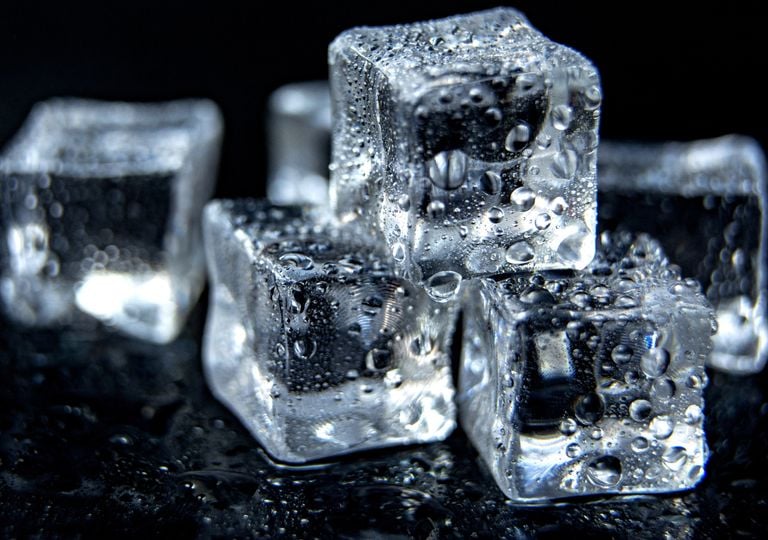on
Astronomy
- Get link
- X
- Other Apps
This anti-intuitive behavior of water has been a great mystery for hundreds of years. But now, a new experiment could be the key to explaining why hot water freezes faster than cold water.
 |
| There is still no scientific agreement on what causes hot water to freeze faster than cold water. |
It seems sensible to assume that a lower starting temperature would provide an insurmountable advantage in reaching freezing point. In the simple run of the thermometer, a hot object would first have to reach the original temperature of the object with a lower temperature and then continue to descend, suggesting that it should spend a longer time cooling until freezing. But this is not what happens in reality .
This illogical phenomenon was observed by Aristotle himself, who wrote about the inhabitants of present-day Turkey sprinkling the stakes of their palisades with hot water to secure them, because that is how they would freeze before. But it was not until the 1970s that the phenomenon received an unclear and questioned explanation and was given the name "Mpemba effect." And it was during the last few years that it became popular when hundreds of people took advantage of the winter temperatures to throw liters of boiling water into the air that never returned to the surface.

There were several theories that tried to explain why this effect: some were about the dissolution of gases in the drops, others about the properties of molecular bonds, others that hot water evaporates faster, loses mass and needs to lose less. heat to freeze. But all of them were discarded and the effect has been difficult to prove , partly because of the time it takes to cool large volumes of water and partly because water is a much more complicated system than it appears at first glance.
Experiments studying this phenomenon were roiled by the complexities of the water and the freezing process, which hinders the reproduction of the results and leaves scientists in d esacuerdo about what causes the effect, how to define and even if real . But now, a pair of physicists from Simon Fraser University have developed an experiment for the first time to demonstrate the Mpemba effect in a controlled environment.
In their paper published in the journal Nature, Avinash Kumar and John Bechhoefer describe a way to speed up the cooling process by inserting glass microspheres into water and then subjecting it to carefully designed forces . In the experiment, each bead represents a single water molecule, and measurements were made 1,000 times under a set of controlled conditions to produce a collection of "molecules," while a laser exerted forces on each one.
The pair determined that, based on the variation of forces in the glass sphere in the water, some of them could cool much faster than normal if the way in which these forces were applied was designed "correctly". Under certain conditions, pearls that started out hotter cooled faster, and sometimes exponentially faster, than cooler pearls.
For the accounts, depending on the shape of the landscape given by the forces, starting at a higher temperature meant that they could more easily rearrange themselves into a configuration that coincided with a lower temperature. It's like when a hiker can get to a destination faster by starting farther away, if that starting point allows him to avoid a tricky mountain road.
Comments
Post a Comment